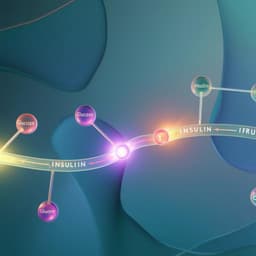
Interdisciplinary Studies
Experimental narratives: A comparison of human crowdsourced storytelling and AI storytelling
N. Beguš
This research by Nina Beguš explores a groundbreaking framework that merges behavioral and computational experiments using fictional prompts to unveil cultural artifacts and social biases in storytelling. Delving into 250 human stories and 80 AI-generated narratives, it uncovers how AI, particularly GPT-4, portrays progressive themes in gender roles and sexuality, while highlighting the imaginative superiority of human storytelling. Discover how fiction can bridge understanding between human and AI social dynamics.
Playback language: English
Related Publications
Explore these studies to deepen your understanding of the subject.







